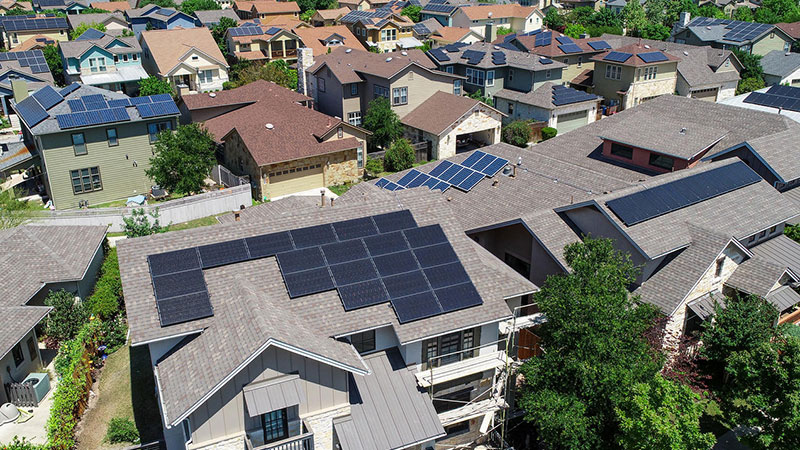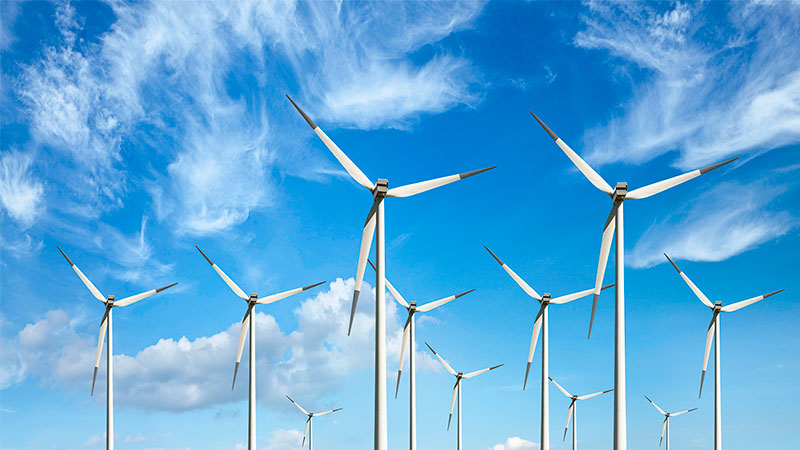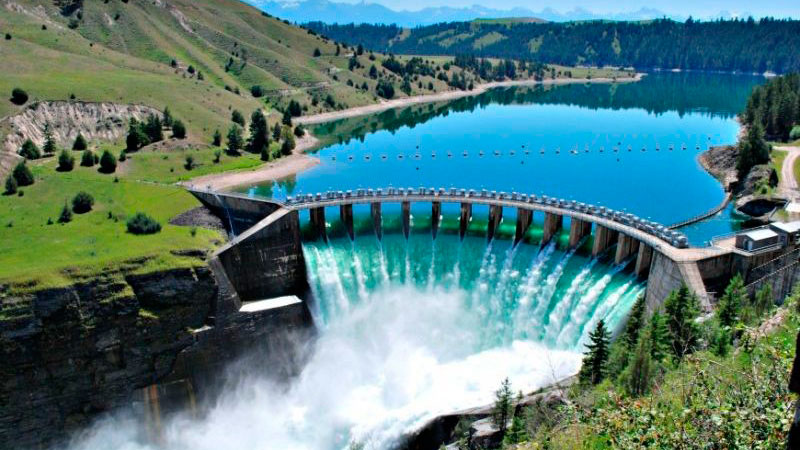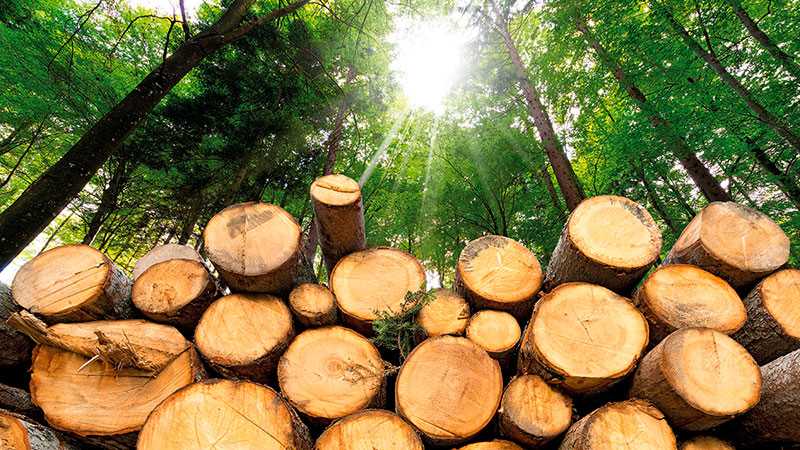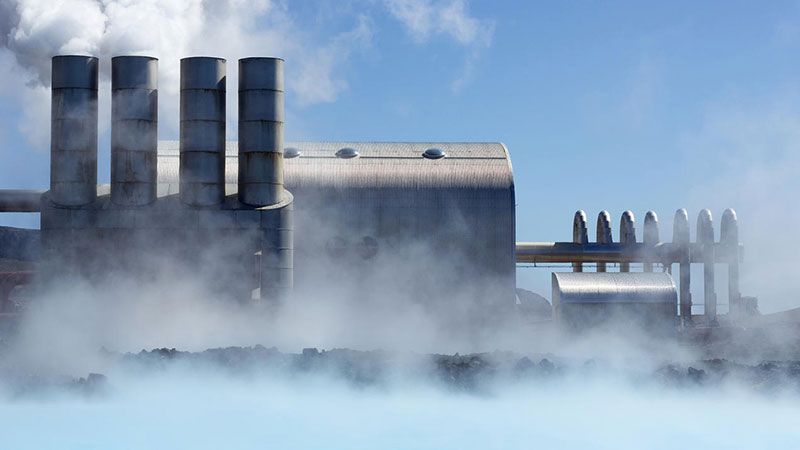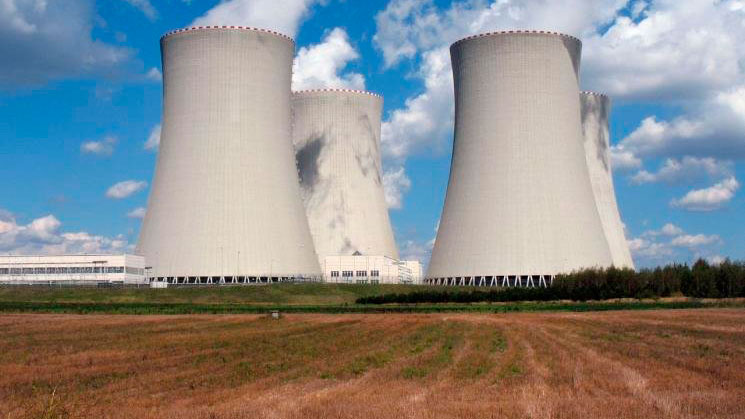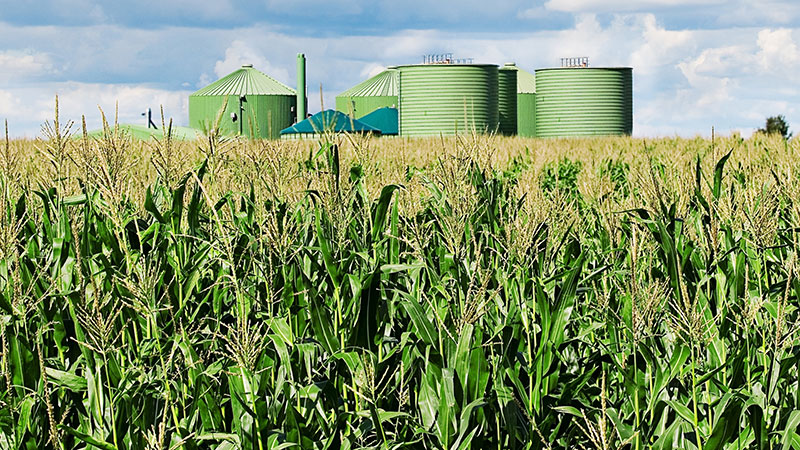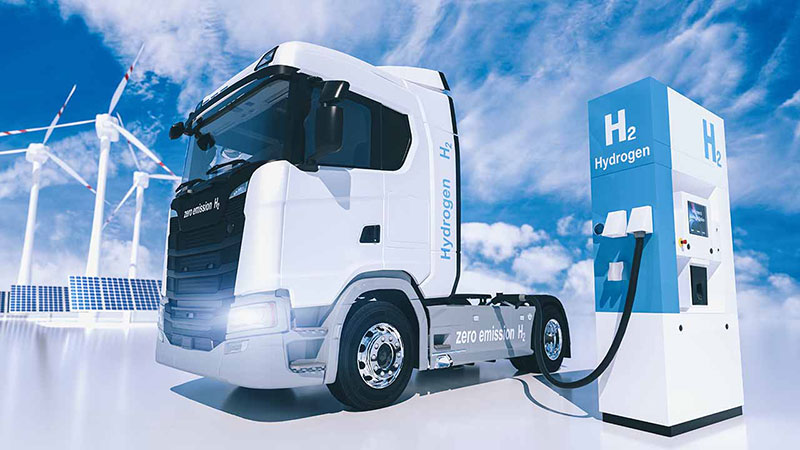Natural Resources Council of Maine
Protecting the Nature of Maine- Mainers Would Face Higher Costs, Job Creation Would Slow Under US House Energy Plan
- My Maine This Week: Pemaquid Point Lighthouse by David Preston
- Bill Will Power Maine Forward with 100% Clean Energy by 2040
- My Maine This Week: Turtles & Paddling by Sam Horine
- Assessing the Trump Administration’s First 100 Days
Environmental and Energy Study Institute
Environmental and Energy Study Institute's Articles, Briefings, White Papers, Press Releases, and Newsletters.- 2025 Congressional Renewable Energy and Energy Efficiency EXPO and Policy Forum
- Beating the Heat: A 2025 Heat Policy Agenda
- Shifting Gears: Policies for a More Sustainable Highway System
- Like Trains? Then Choo-Choose to Learn About Federal Rail Policy
- Next Stop: Sustainable Public Transit and Mobility
Copyright ©
2025
Clean Energy and largest source of clean electricity


